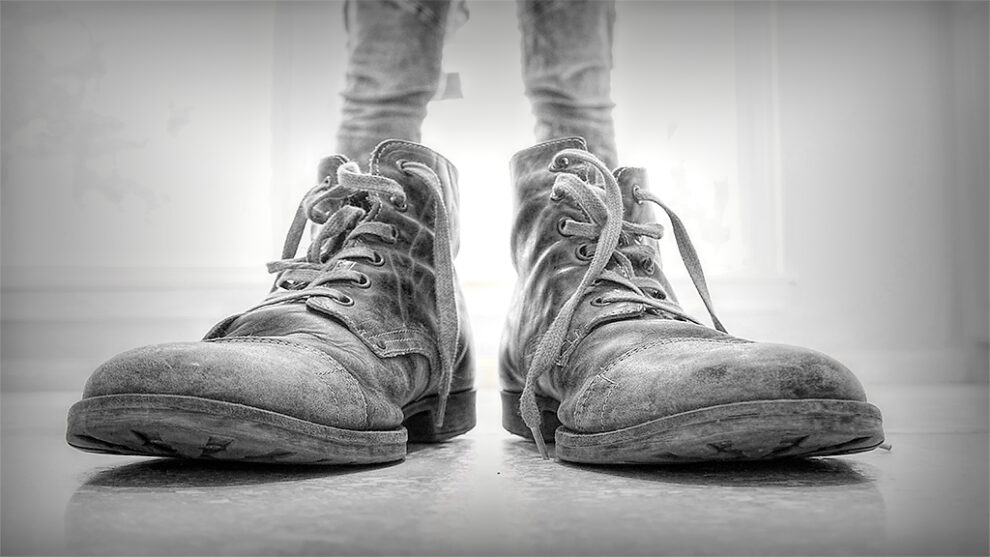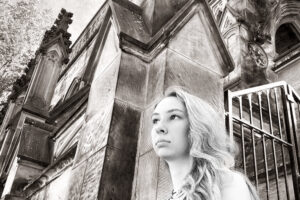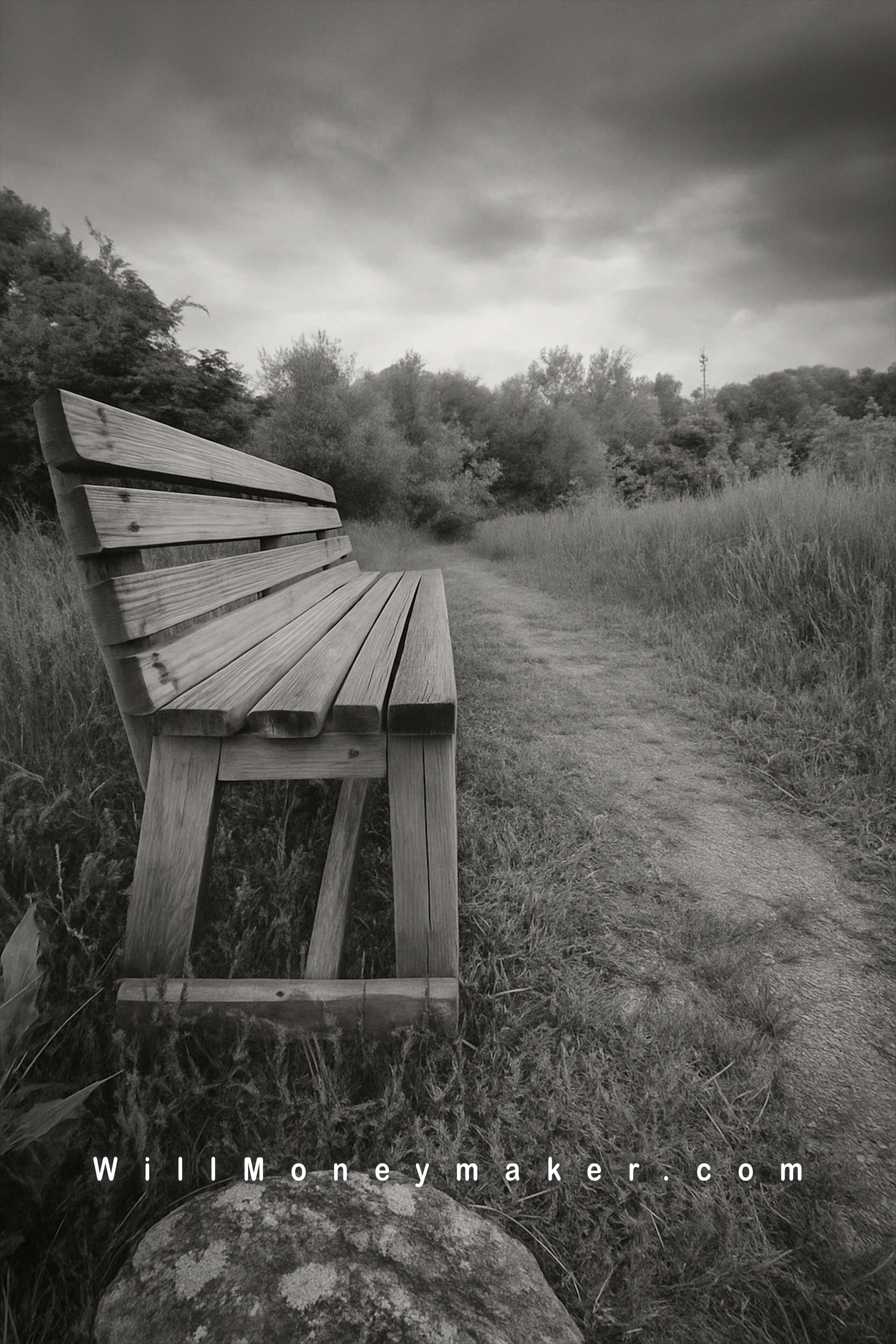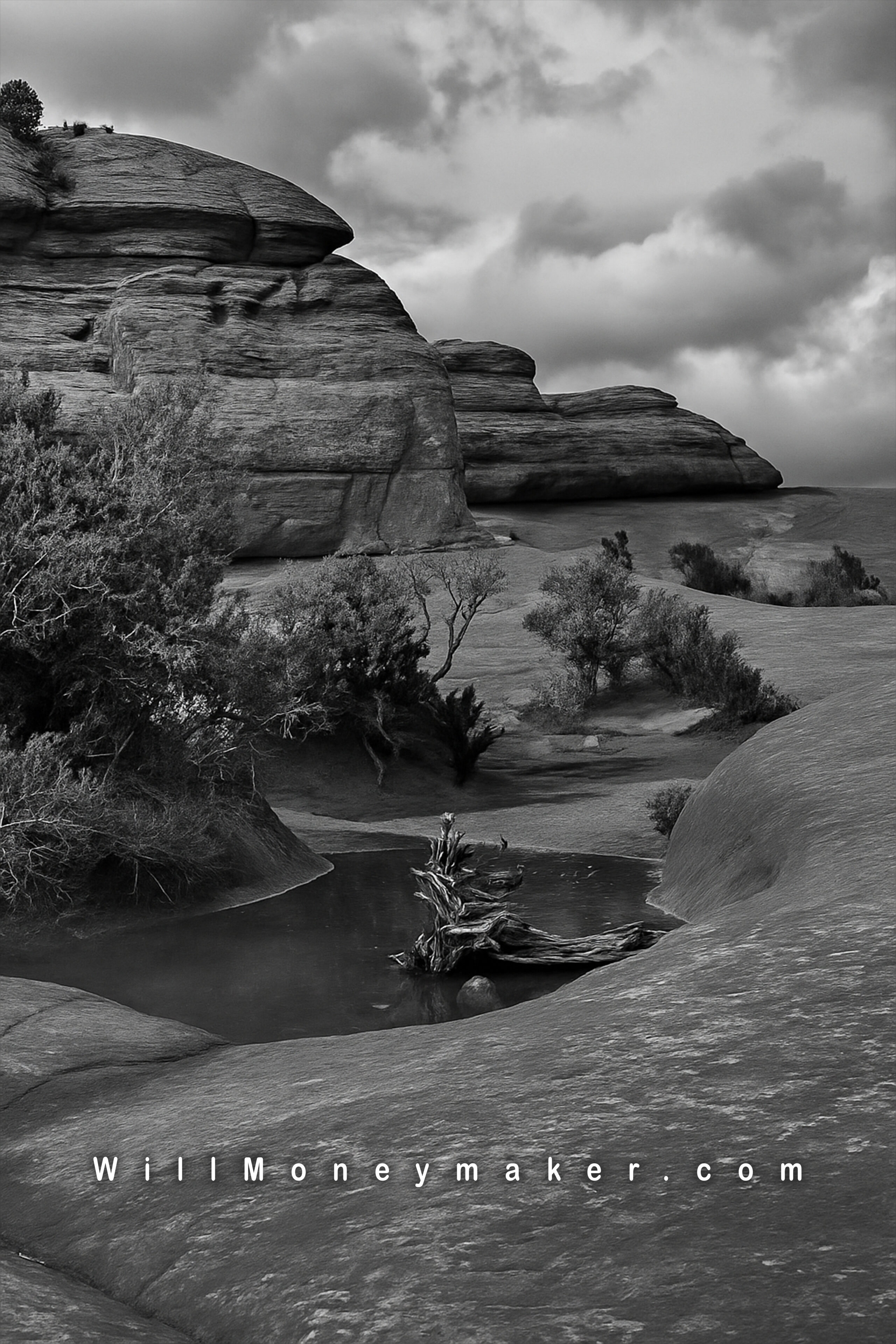Future-proofing could quite possibly be the death of us photographers! I say that jokingly, of course, but in this pursuit, future-proofing is definitely one of those things that can start to go sideways. It’s a trap that we can get caught in very easily, and it’s one that is not only detrimental to our bank accounts but can also lead to a closet full of equipment we rarely or never use.
It works like this: As you’re pondering the equipment that you have, you may start looking at the gaps in the capabilities of your gear. “What if I need a long zoom lens,” you might think. Or, “wouldn’t it be nice to have a faster lens that produces creamier bokeh?”
Before too long, you find yourself reading about these pieces of gear that you might need, and—finances permitting—you may even find yourself off to the camera store or your favorite online retailer to buy it.
What happens later on? Several years from now, you may peer into your closet full of gear and spot that super long zoom that you purchased because of the “what if I need this?” line of thought. And you may discover that in the years you’ve owned it, you’ve only used it a very small handful of times—definitely not enough to have gotten your money’s worth out of it.
That’s how future-proofing can go wrong. When we buy pieces of gear we think we might need, but at the time of purchase, we don’t necessarily have well-defined use cases for them, or maybe we only have a very narrow use case for what we’ve purchased.
Of course, future-proofing is also a good thing. No photographer wants to be stuck out in the field without the necessary equipment to take the photographs he or she wants to take. But, there is a careful balance to strike, I think when you’re considering the kinds of gear that you might need or want in the future. That’s the main thing. Camera gear is expensive, so there is no sense in wasting money on “what if” scenarios.
What’s the solution? To my mind, before we make a purchase to fill in those gaps in our gear, it’s best to realistically analyze the types of photographs we are likely to take often, and the possible use case scenarios we may have for each piece of gear that we may purchase.
As an example, let’s say that you’re eyeing an expensive tilt-shift lens. Think critically about the way you will use that lens. Do you plan to be out and doing tilt-shift photography daily, weekly, or even monthly? If the answer is yes, you’re likely to take dozens of tilt-shift images each year, then this could very well be a worthwhile investment for you.
But what happens when the answer is, “Well, I’ll probably only use this lens once or twice a year when I go on a photography trip”? If your reasoning for a particular piece of gear steers closer to “I might need this” instead of “I do need this, then this may be an example of future-proofing gone wrong. In this type of situation, consider other alternatives. Can you rent or borrow a tilt-shift lens? Or, if those aren’t options, is this piece of gear something that you can live without? Is it absolutely necessary that you own this type of equipment just to take a small handful of photographs with it each year?
Of course, the answers to these questions will be different for each photographer. But think carefully about them before you make the investment. Don’t let the drive to future proof your camera bag lead you to spend large sums of money unnecessarily!





